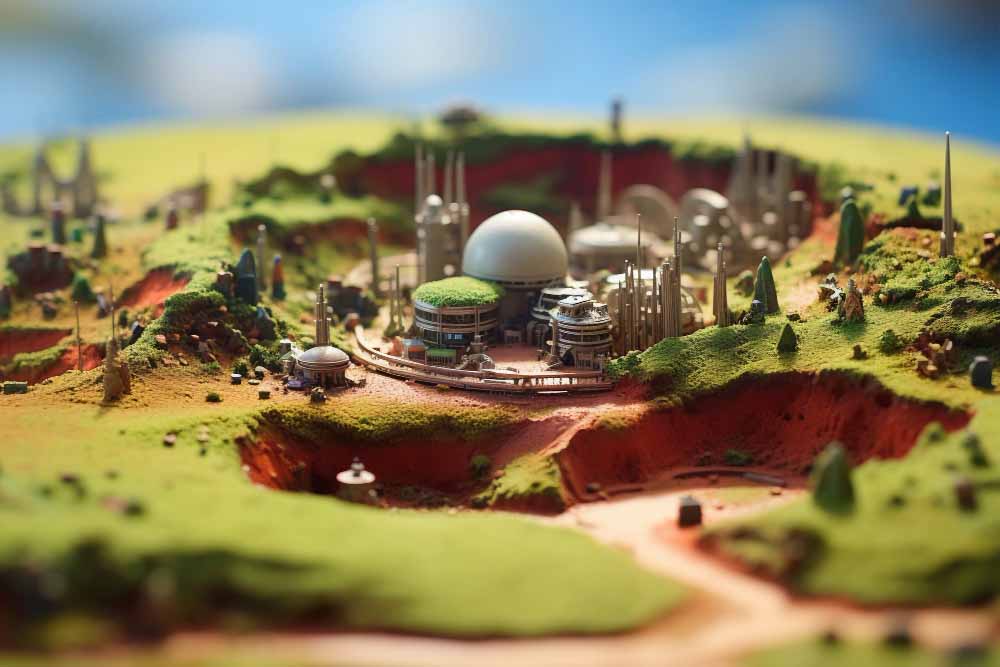
Remote Sensing (RS) Course Content (Raster-Based) (Basic to Advanced)
Module 1: Satellite Image Acquisition & Processing
- Earth Explorer Registration and downloading satellite images
- Importing images into ArcGIS 10.8
- Image pre-processing: Projection, resolution, and clipping
- Mosaic of multiple satellite images
- Band composition for image enhancement
Module 2: Image Interpretation and Visualization
- False Color Composite (FCC) and True Color Composite (TCC)
- Band combinations for different applications (Vegetation, Urban, Water)
- NDVI (Normalized Difference Vegetation Index) and other indices
Module 3: Image Classification Techniques
- Supervised vs. Unsupervised classification
- Training sample collection for supervised classification
- Maximum Likelihood Classifier (MLC), Random Forest, SVM
- Accuracy assessment and confusion matrix
Module 4: Change Detection Analysis
- Preprocessing for multi-temporal analysis
- Pixel-based and object-based change detection
- Land Use Land Cover (LULC) change analysis
Module 5: Spatial Analysis & Mapping
- Creating Concentration Maps using IDW (Inverse Distance Weighting)
- Understanding IDW Method & Area Calculation
- Creating Population, Pollution, and Density Maps
Module 6: Advanced Remote Sensing Applications
- LST (Land Surface Temperature) Extraction & Analysis
- Urban Heat Island (UHI) Detection using Remote Sensing
- Afforestation & Deforestation Mapping
Module 7: Remote Sensing for Environmental Applications
- River Accretion & Erosion Analysis using time-series data
- Water body mapping and wetland studies
- Forest cover analysis and deforestation detection
- Climate change monitoring
- Disaster management (Flood, Landslide, Cyclone)
Module 8: GIS & RS Integration and Final Project
- Combining remote sensing with vector GIS
- Time-series analysis using RS data
- Case study: Land use monitoring or coastal erosion analysis
- Preparing a research report and visualization
